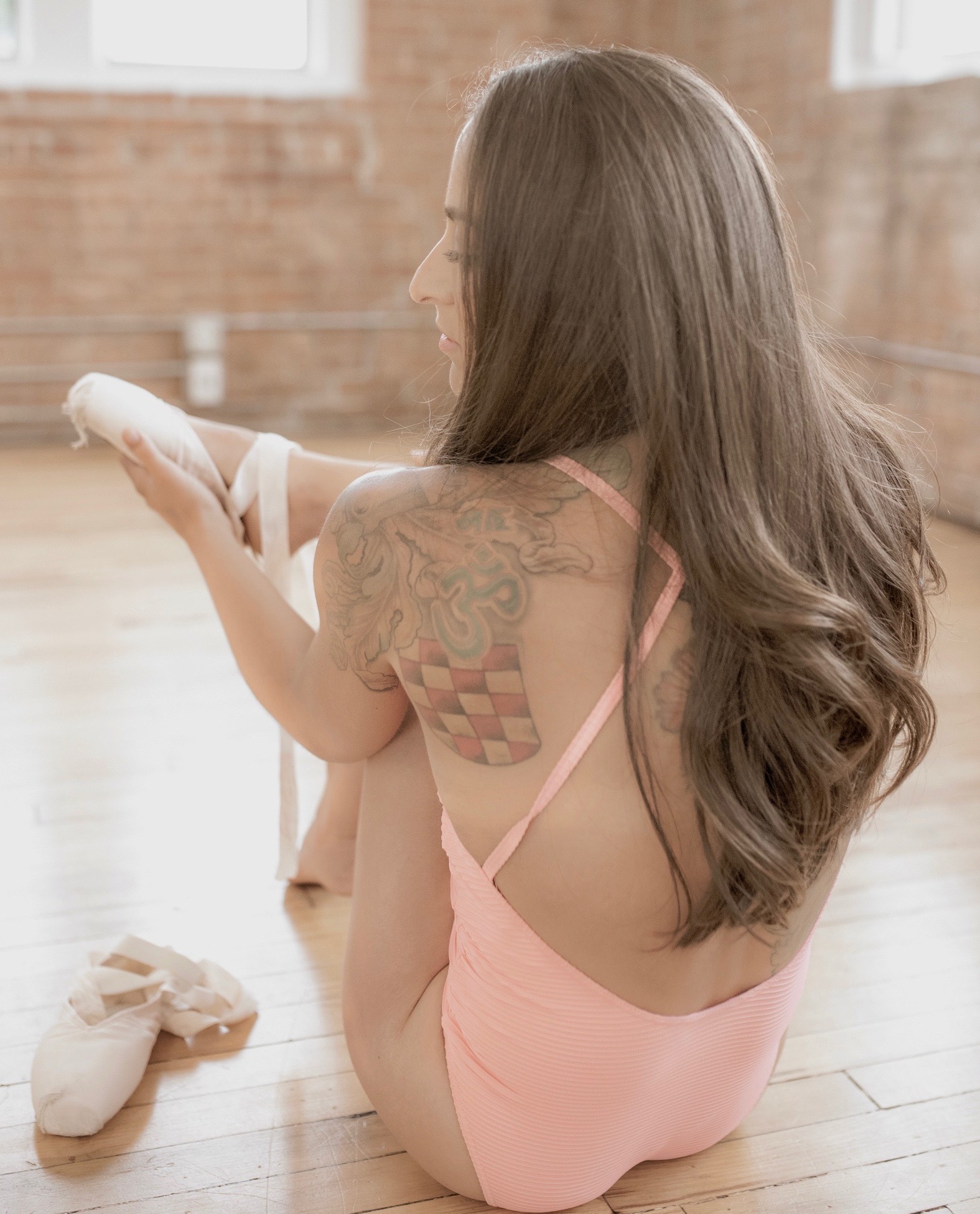Mindfulness is more than a practice — it’s a way of connecting deeply with your thoughts, emotions, and experiences without judgment. It allows us to step out of the autopilot of daily life and fully engage in the present moment, rather than being weighed down by memories of the past or anxieties about the future.
By bringing awareness to the here and now, we start to recognize our current state of being. This recognition helps us see thought patterns and behaviors that no longer serve us, giving us the power to make conscious changes. When we acknowledge our feelings, thoughts, and bodily sensations, we create space for acceptance and empowerment, allowing us to take control over our reactions and overall state of life.
As Jack Kornfield reminds us, “When we get too caught up in the busyness of the world, we lose connection with one another — and ourselves.” Mindfulness begins with awareness. By noticing our emotional responses to situations, we can pause and ask ourselves: Why am I feeling this way? Does this reaction serve me? For instance, if someone cuts you off in traffic and anger arises, will getting angry improve the situation? Often, the answer is no. Recognizing these patterns allows us to respond more skillfully and avoid unnecessary stress.
Allan Lokos says, “You cannot control the results, only your actions.” Mindfulness helps us understand the habitual responses that shape our lives. By observing repetitive thoughts and behaviors, we can intentionally redirect them toward positive, productive patterns. Growth comes from this process — from removing what no longer serves us and choosing responses that align with our highest intentions.
Practical strategies make mindfulness accessible in daily life. For example, I notice my mind tends to wander during long drives, often replaying the past or worrying about the future. To transform this time into something purposeful, I keep an audiobook ready to play the moment I sit in the car. This small adjustment allows me to expand my mind rather than dwell in unwanted mental loops.
Jon Kabat-Zinn describes mindfulness as “a way of befriending ourselves and our experience.” As we cultivate focus, we create mental harmony, where our thoughts support rather than hinder us. Anchors such as affirmations, visualizations, or intentions help guide our mind back whenever it drifts. Clarity about what we truly want in life ensures our thoughts remain aligned with our highest self and our deepest purpose.
Mindfulness is a journey of awareness, reflection, and intentional action. It allows us to navigate life with greater clarity, reduce stress, and transform habitual patterns into conscious choices. By living fully in the present, we can create a life where our mind, body, and spirit work in harmony — a life where we are truly present for ourselves and the world around us.

